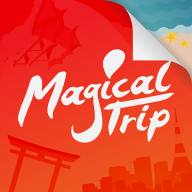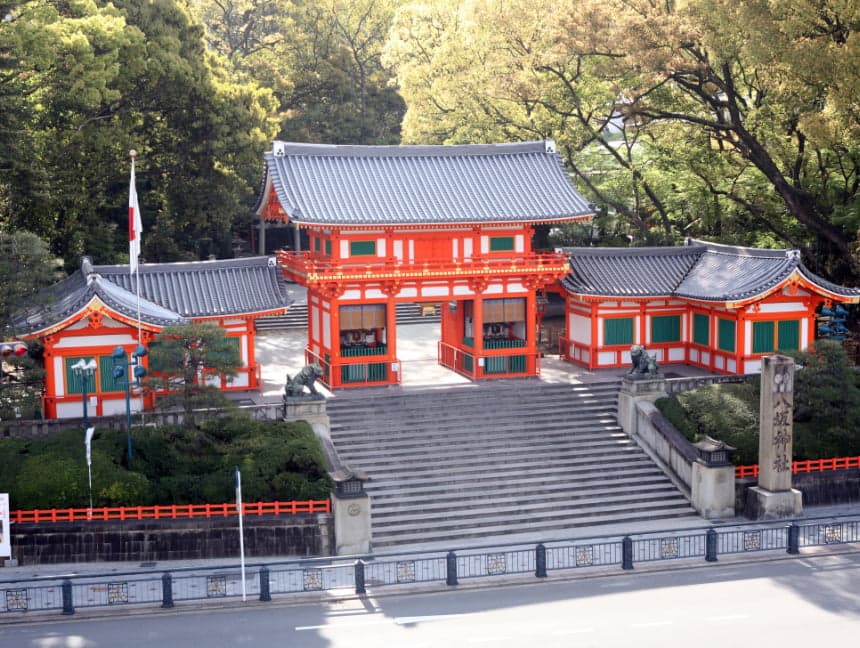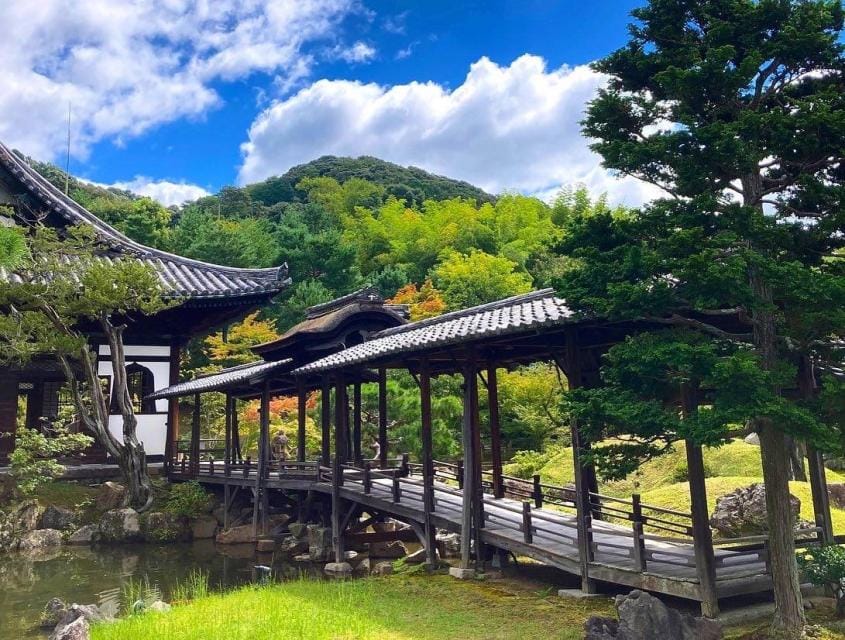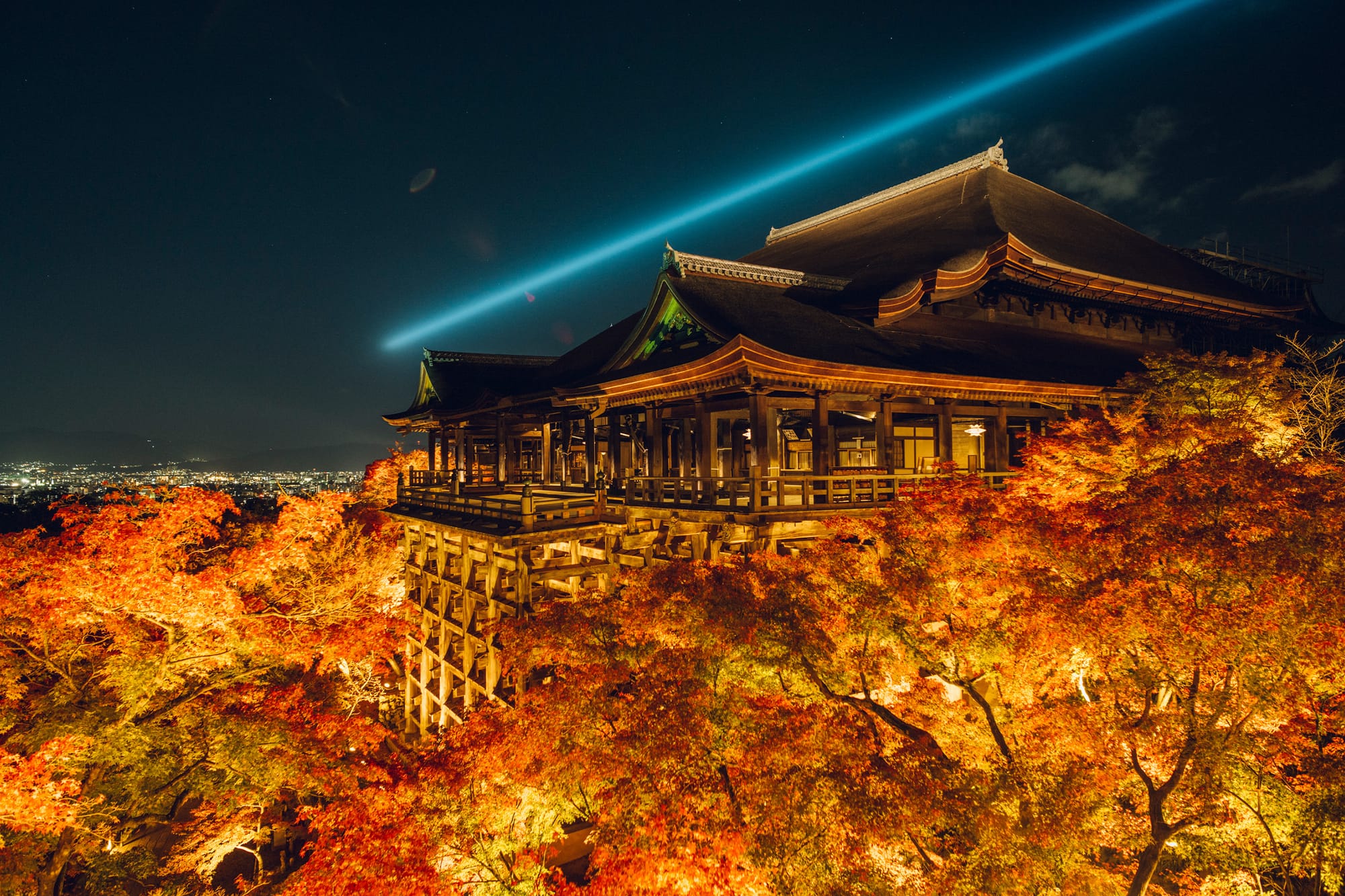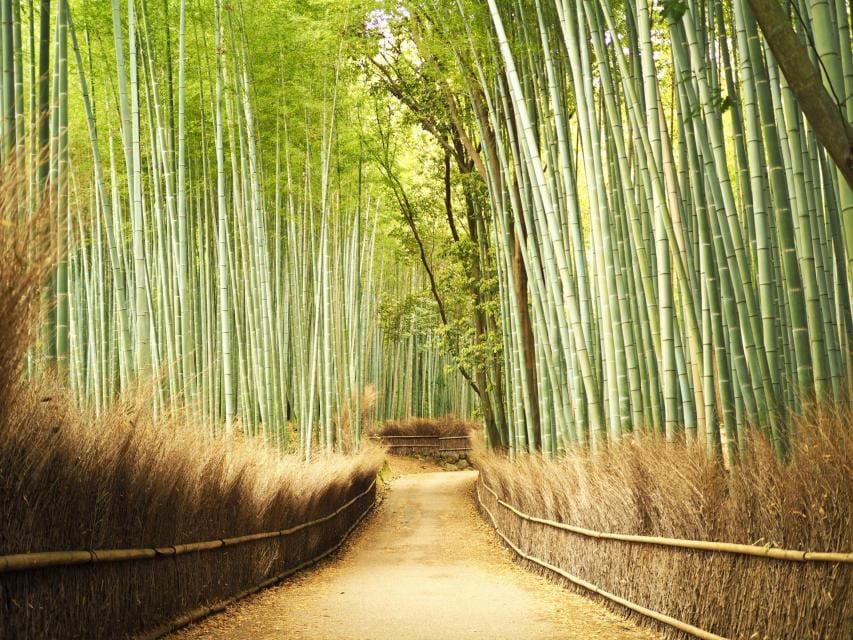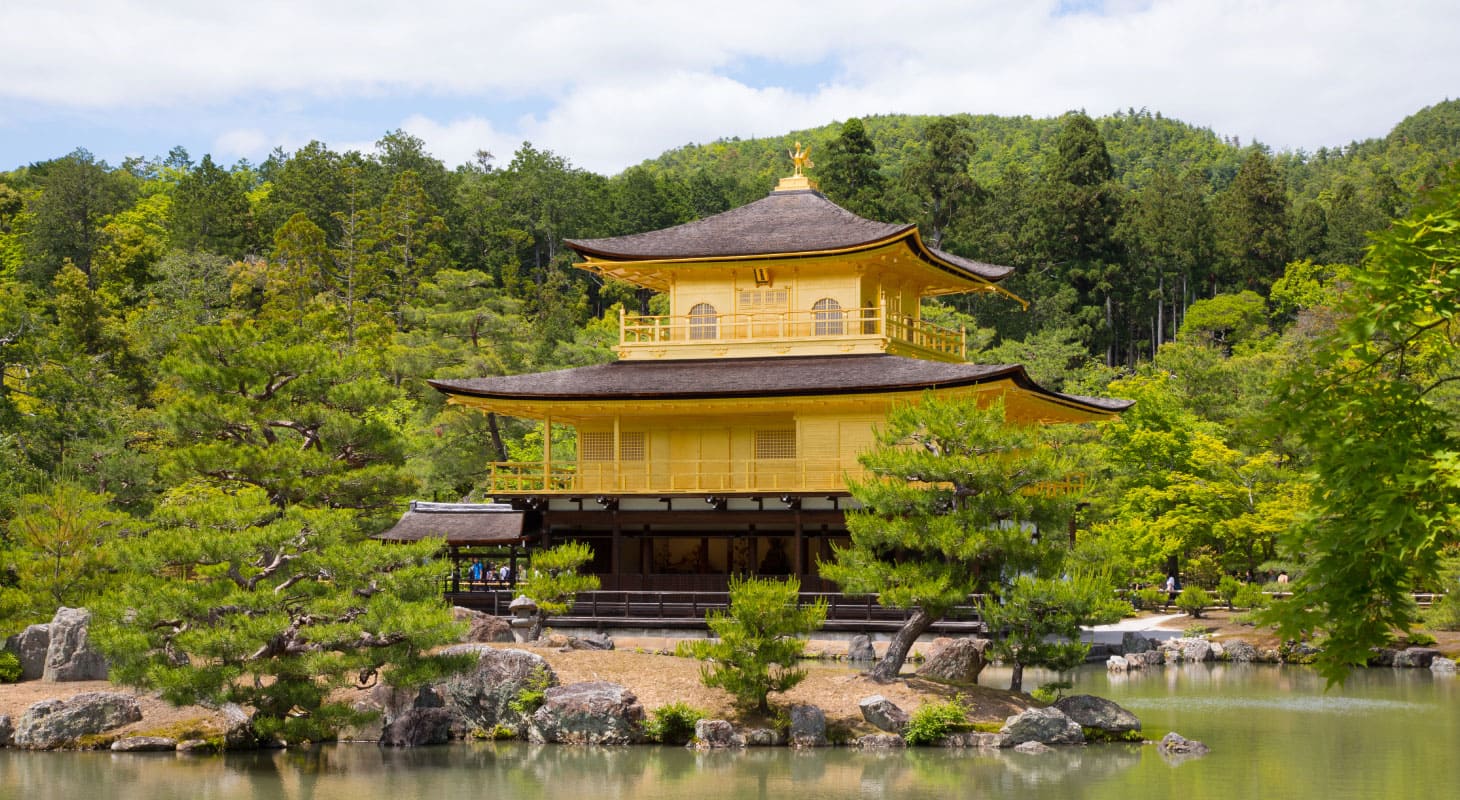Kyoto, the imperial capital for over 1,000 years, is known for its numerous shrines and temples with centuries of history. The ancient city is filled with picturesque landscapes, making it rich in photo spots throughout the city.
For example, there are traditional shrines and temples, streets lined with stone pavements and traditional townhouses that have existed for ages, and famous bamboo groves - all unique to Kyoto's cityscape. Visit Kyoto to enjoy quintessentially Japanese scenery and take many special photos.
While it's good to take pictures with everyday scenery as a backdrop, one of the features of Kyoto is that you can enjoy different charms during events. Especially in summer, there are many traditional festivals, so if you visit in summer, be sure to check the event schedule!

If your are interested in Attractions in Kyoto, check the article below! I summarized how and where you can enjoy Attractions in Kyoto as much as possible.
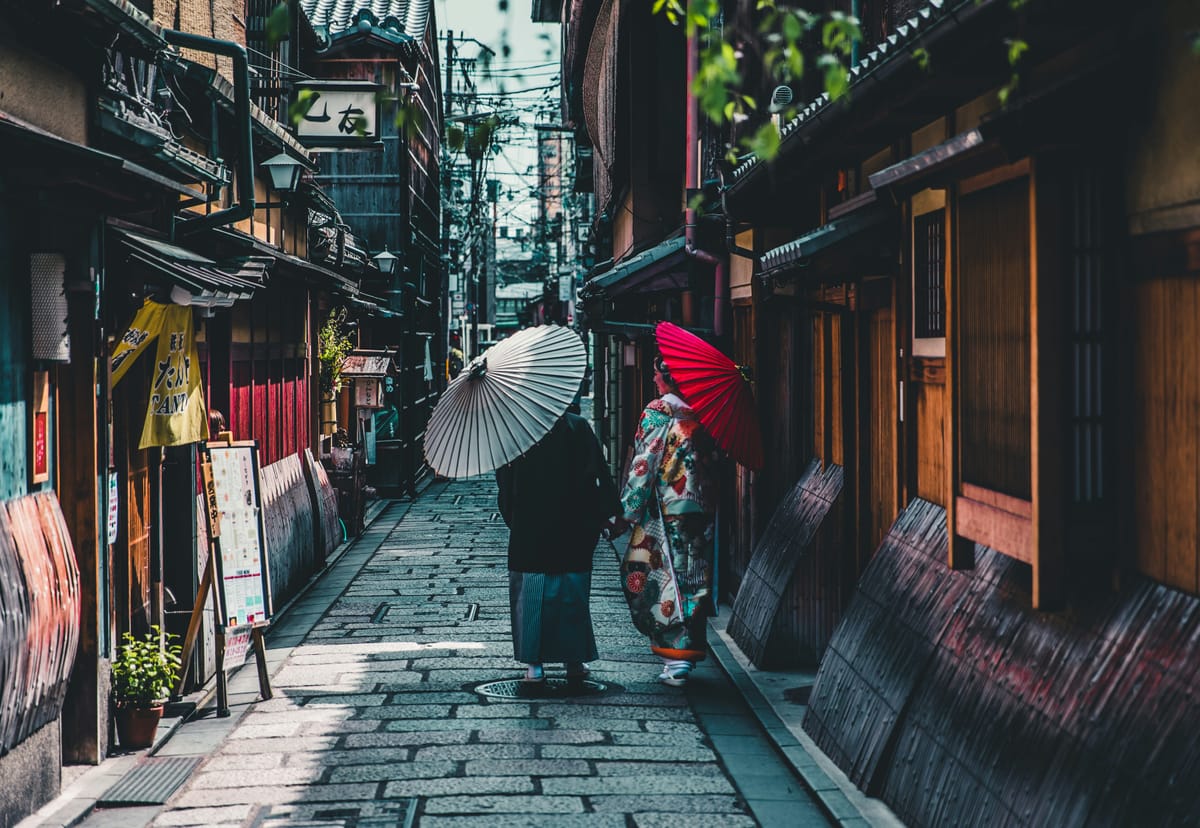
10 Must-Visit Photo Spots in Kyoto for 2024
Gion District
Gion is the entertainment district around Yasaka Shrine. It's famous for its traditional stone-paved streets, and if you're lucky, you might encounter a maiko (a woman in the profession of entertaining guests with traditional Japanese performing arts such as dance and song). Hanamikoji Street, the main street of Gion, is lined with stylish cafes and shops selling Japanese goods.
The Gion area has many photo spots where you can feel the beauty of Japanese culture, so it's also recommended to tour by rickshaw. It's a good idea to ask the rickshaw puller, who knows Kyoto's streets inside out, about recommended photo spots.
If you are interested in Gion District, check the article below! I summarized in more details and how I felt there.

Yasaka Shrine
source:Official website
Yasaka Shrine is a shrine in Gion's geisha district, enshrining famous deities from Japanese mythology. Locals affectionately call it "Gion-san" or "Yasaka-san".
Among the recommended photo spots at Yasaka Shrine, the West Gate stands out as a trademark. Take a photo from the stone steps in front of the gate with the vibrant West Gate as a backdrop. If you want to participate in a photogenic event, it's recommended to visit Yasaka Shrine in March.
During the "Hanatouro" event held every March, the entire Higashiyama area is illuminated, allowing you to take photos in an atmosphere that feels like you've time-slipped to old Kyoto. I visited Kyoto during the Hanatouro period, and the sight was so moving that I almost forgot to take pictures.
Yasaka Pagoda (Hokanji Temple)
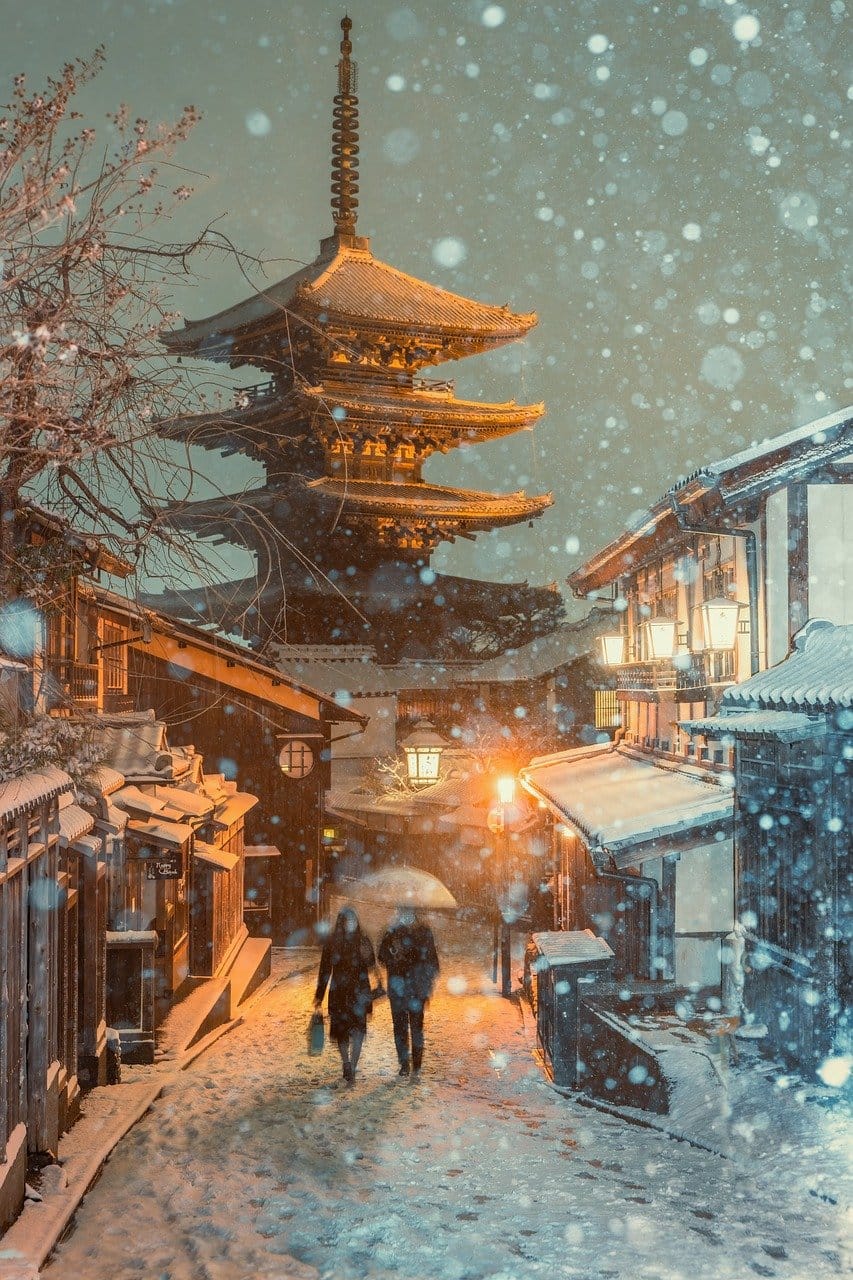
The Yasaka Pagoda at Hokanji Temple is popular for photos taken from Yasaka Street. As there are no tall buildings in the Higashiyama area, the five-story pagoda of Yasaka stands out even from a distance. The current tower was rebuilt in 1440. If you take a photo from a distance from Yasaka Pagoda, you can capture Japanese architecture and the pagoda together, resulting in a photo with a Kyoto-like atmosphere.
The view of Yasaka Pagoda from the direction of Ninenzaka or Sannenzaka is quintessentially Kyoto. If you capture Kyoto's good old townscape and Yasaka Pagoda on camera, you'll get a tasteful photo. When a rickshaw passes by, it's a photo opportunity. It results in a shot that feels like you've time-slipped to old Japan.
Note that the roads around Yasaka Pagoda are narrow, so be careful when taking photos by the roadside. By the way, you can visit the second floor of Yasaka Pagoda. Enjoy sightseeing along with taking photos.
Yasaka Koshindo
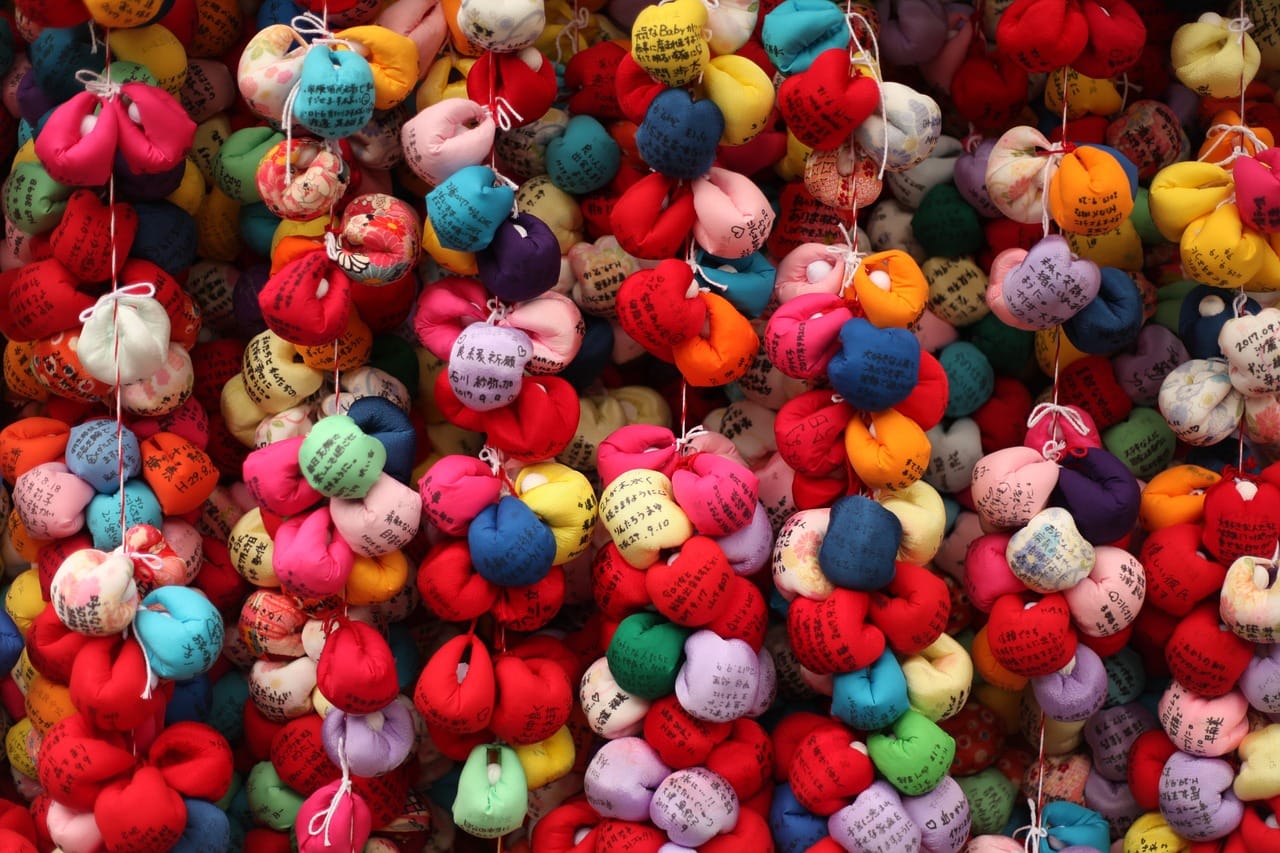
Yasaka Koshindo is a temple famous as the birthplace of the Koushin faith. Koushin faith is a combination of Taoist ideas imported from China and traditional Japanese folk beliefs. The colorful wishing charms called "kukurizaru" are impactful and popular as a photogenic spot.
It's said that if you write one wish on a Kukurizaru and attach it, that wish will come true, and it's popular among young women for its benefits in matchmaking. There are statues of the three wise monkeys decorated in various places on the temple grounds, so it might be interesting to search for and photograph the monkey statues.
Every 60 days on Koushin Day, an event called Konnyaku-taki is held. It's said that if you eat the prayed-over konjac served to visitors silently facing north, you'll stay healthy for a year. This is a traditional event said to have started when Yasaka Koshindo was built, so why not participate while taking photos?
Kodaiji Temple
source:Kyoto Travel Navi
Kodaiji Temple was founded in 1606 by Nene, the lifelong supporting wife of Toyotomi Hideyoshi, a famous Japanese warlord, in his memory. Kodaiji tends to have many excellent photo spots, including the Kaizando surrounded by greenery and the Kodaiji Garden where you can enjoy Japan's four seasons. A recommended photo spot is the ethereal bamboo grove, which is rarely seen in the Higashiyama area. It's a relatively calm bamboo grove to stroll through, making it easy to take photos.
The Kodaiji Ungoan teahouse on the grounds is also one of the recommended photo spots. Try capturing yourself drinking delicious matcha in Japan. If you're going to Kodaiji surrounded by nature, the best times are when you can enjoy cherry blossoms in spring and autumn foliage.
When the cherry blossom season arrives, the single cherry tree in Hashin Garden reaches its peak. In autumn, the autumn foliage is reflected on the surface of Garyuike Pond, offering a beautiful scenery that's highly praised.
Gion Shirakawa
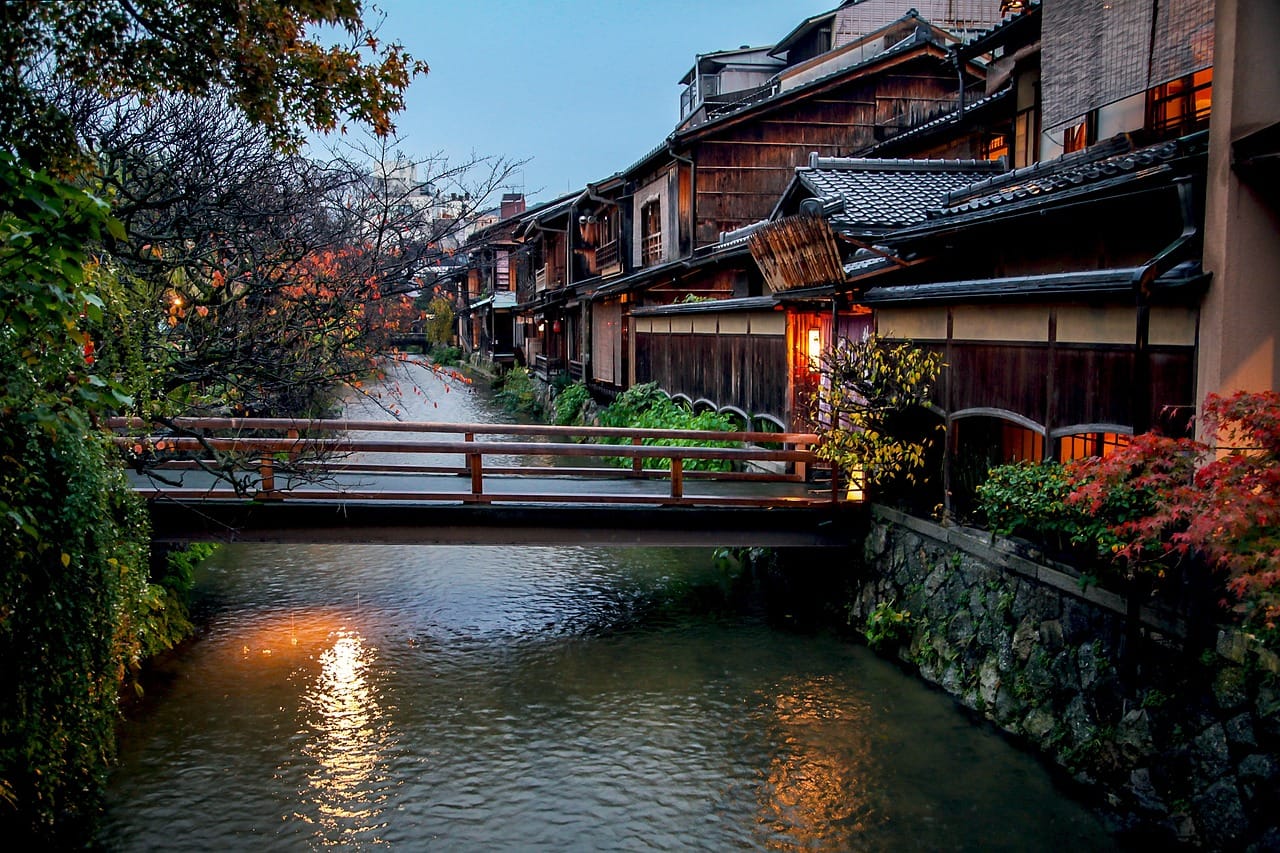
Gion Shirakawa is a river flowing through Kyoto. Buildings with atmosphere line up along the stone-paved road, allowing you to experience old Japan. It's a popular tourist spot even among Japanese people, so there are many women walking in Kimono, making it Instagram-worthy just by capturing the street scenery.
Walking along the Shirakawa from Gion-Shijo Station or Higashiyama Station, you'll reach famous photo spots. Near Tatsumi Bridge, there are vermilion railings, and near Ipponbashi Bridge, there are willow street trees planted, allowing you to capture Kyoto-like scenery.
Especially in spring, the cherry blossoms bloom along the road, allowing you to enjoy the most beautiful scenery of the year. About 40 cherry trees line up along the Shirakawa, making it famous as a spot for beautiful cherry blossom photos. The cherry blossoms bloom in full glory amidst the emotional townscape unique to Gion, making the town even more vibrant.
Around Kiyomizu Dera Temple
Kiyomizudera Temple is essential for Kyoto sightseeing. It's one of the buildings with high historical value registered as a UNESCO World Heritage Site. The appearance of the trees changes with each season, so the atmosphere of the photos changes greatly depending on the time of visit.
The night viewing, which is held for a limited time several times a year, is recommended for taking fantastical photos different from daytime. Also, the area around Kiyomizu Dera is surrounded by townscapes where you can feel the atmosphere of good old Kyoto. It's about a 20-minute walk from Yasaka Shrine to Kiyomizudera. "Nene no Michi'', which connects the two, is a photo spot where you can enjoy Japanese-like scenery.
Okunoin
source:Official website
The most famous scenery at Kiyomizu Dera is the stage protruding from the main hall. If you want to take a photo of this "Kiyomizu Stage '', Okunoin, located a little away from the main hall, is recommended. As you proceed to the back of the main hall, you'll see Okunoin on the right.
It's an angle with beautiful trees in the foreground, Kiyomizu Stage on the right, and Kyoto city visible in the distance. The view of Kiyomizudera from Okunoin is so famous in Japan that it's featured in history textbooks. It's a scenery you'd want to photograph when visiting Japan.
The recommended time for taking photos is in the evening. If you go during sunset, you can enjoy a beautiful sunset. However, depending on the season, you may not be able to see the sunset due to the balance between visiting hours and sunset time, so be careful. If you want to take photos while the sun is setting, check the sunset time in advance.
Otowa Waterfall
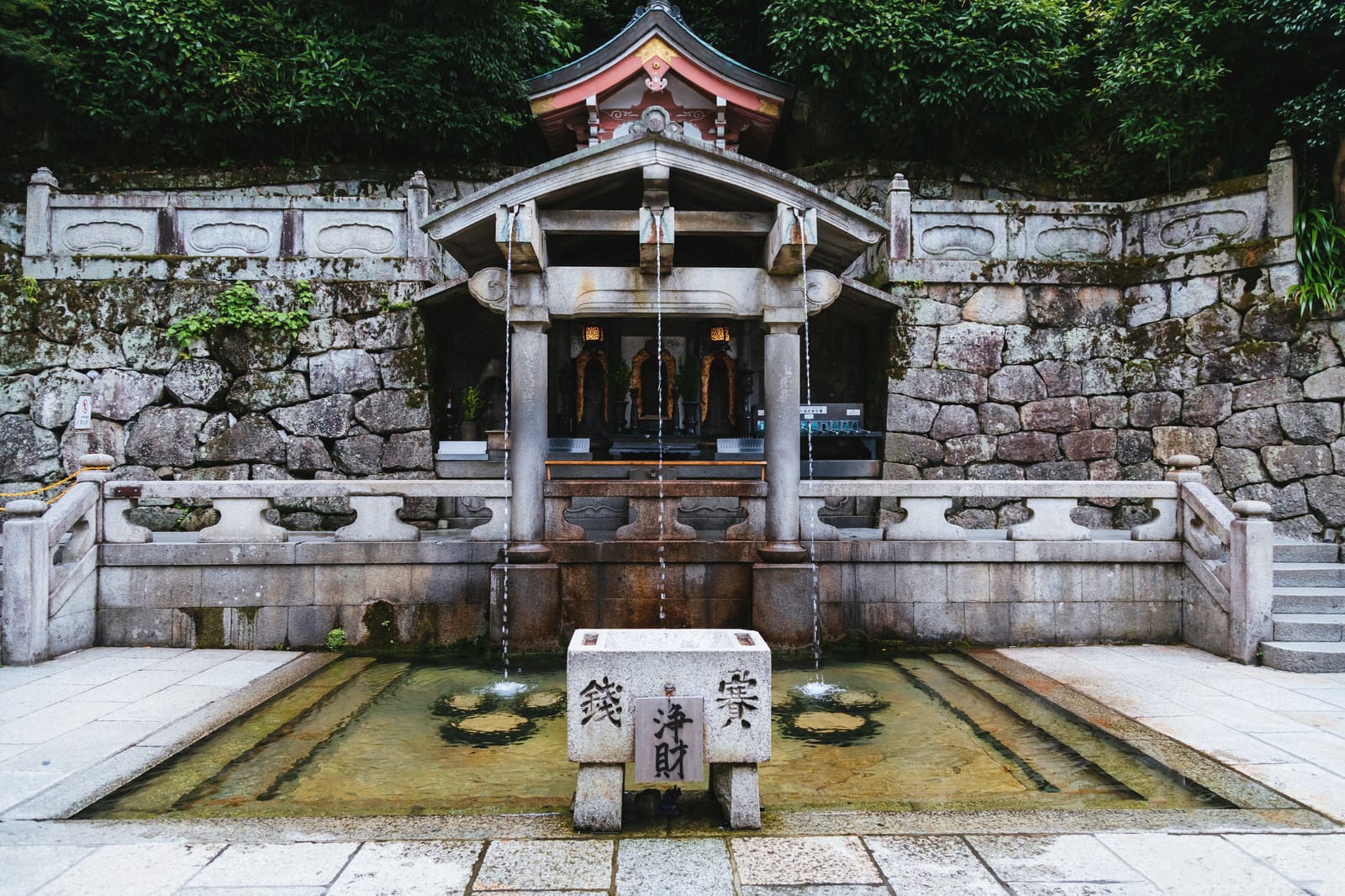
Otowa Waterfall, where purifying water that gave Kiyomizudera its name flows. You can see Otowa Waterfall by going down the slope on the left side of Okunoin or the stairs on the right side. Although it's called a waterfall, it's just a small amount of water flowing, but it's popular among tourists as it's the origin of Kiyomizudera's name.
Clear water falls from a height of about 4 meters. The three streams of water are said to have three benefits: academic achievement, success in love, and longevity. Visitors should choose one of the three streams and drink water using a ladle called a hishaku. It's believed that your wish will come true if you take just one sip without being greedy.
Taking a photo of yourself drinking water would make a good memory of your trip. The visiting hours start from 6:00, so if you want to take photos when there are fewer tourists, it's recommended to go early.
If you are interested in Kiyokizu Dera Temple, check the article below! I summarized in more details and how I felt there.
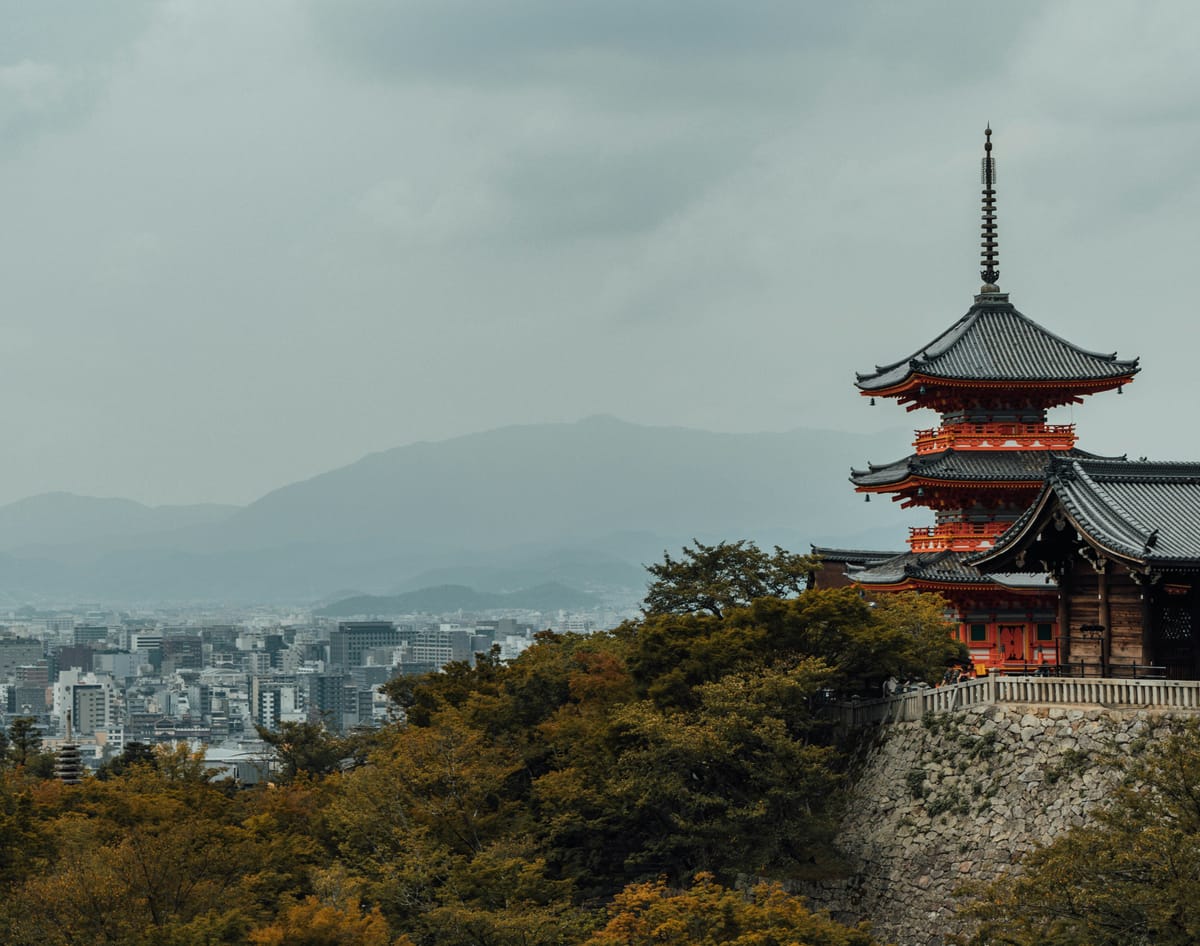
Arashiyama District
The Arashiyama district, a standard for Kyoto sightseeing, is an area where you can enjoy lush green scenery. With its world-famous bamboo grove and many shrines and temples, it's full of photogenic spots where you can feel the atmosphere of Kyoto.
It's also nice that tourist spots in Arashiyama are concentrated around Arashiyama Station and Saga-Arashiyama Station, so you can visit various photo spots in a short time. Many popular tourist spots have illumination events, allowing you to enjoy fantastical scenery.
Arashiyama Bamboo Grove
source:Kyoto Travel Navi
The Bamboo Grove in Arashiyama is a tourist spot with beautiful scenery where sunlight shines through the bamboo. Well-maintained bamboo groves tower on both sides of the road from Nonomiya Shrine to Okochi Sanso. The bamboo grove covering overhead like a green tunnel continues for about 400 meters.
You'll feel like you've wandered into another world. It's attractive that you can enjoy it for free at any time as it's open 24 hours. If you're aiming for a typically Japanese photogenic shot, it's also recommended to visit the bamboo grove in a kimono by rickshaw.
You can take photos that make you feel like you've time-slipped to old Japan. Every December, there's an illumination event called Arashiyama Hanatouro, so it's also good to visit the bamboo grove in winter.
Arashiyama Kimono Forest
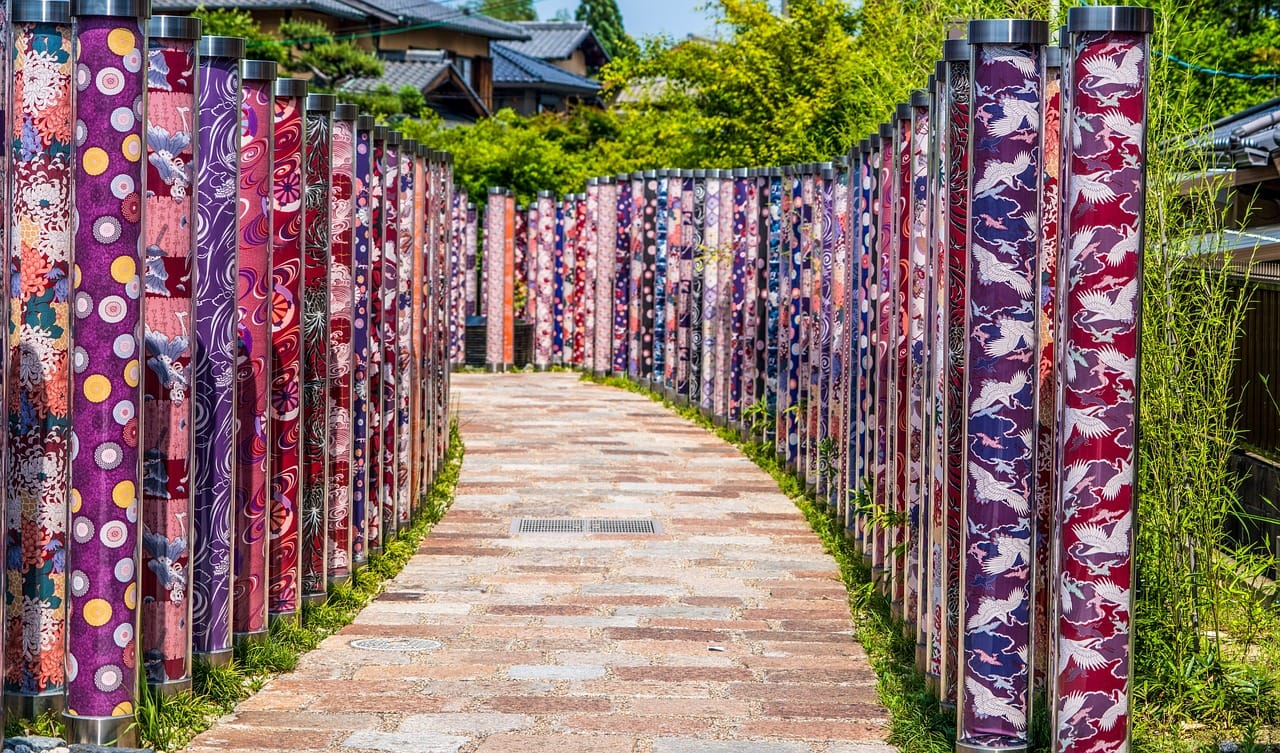
Kimono Forest is a popular Instagram spot, especially among young people. Located at Randen Arashiyama Station, it features colorful poles using "Kyo-yuzen" fabric, a traditional craft made using age-old techniques. It's a place bustling with people searching for their favorite patterns and taking commemorative photos.
It's good to take photos during the day, but if you go after dark, it's lit up and results in atmospheric photos. As daytime and nighttime illumination each have their own charm, it might be good to visit at both times of day while touring other sightseeing spots.
The recommended photo spot is a small pond called Ryu no Atago Pond. The patterns of Kyo-yuzen dyed in vivid colors are reflected on the surface of the pond, allowing you to take wonderful photos. I've been to Kimono Forest both during the day and at night, and I felt that nighttime was more photogenic.
If you are interested in Arashiyama Area, check the article below! I summarized in more details and how I felt there.
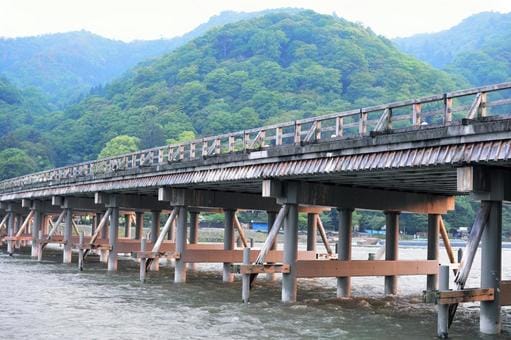
Other Districts
Fushimi Inari Taisha

Fushimi Inari Taisha is the head shrine of Inari shrines throughout Japan. It enshrines deities that bring prosperity in business and abundant harvests. Particularly popular at Fushimi Inari Taisha is the Senbon Torii (1,000 Torii Gates). If you want to take photos of the vivid vermilion Senbon Torii, it's best to visit early in the morning when there are fewer tourists. Unlike during the day, there are fewer people, so you can take Instagram-worthy photos at your leisure.
It's also good to challenge the "Mountain Walk" which involves walking about 4km of mountain path after passing through the Senbon Torii. It's recommended to take beautiful photos with torii gates or majestic nature as a backdrop while walking through the Japanese mountains.
Also, many people take photos with fox statues scattered throughout the shrine grounds as a backdrop. There are foxes with various poses and expressions, so it's fun just to look around.
If you are interested in Fushimi Area, check the article below! I summarized in more details and how I felt there.
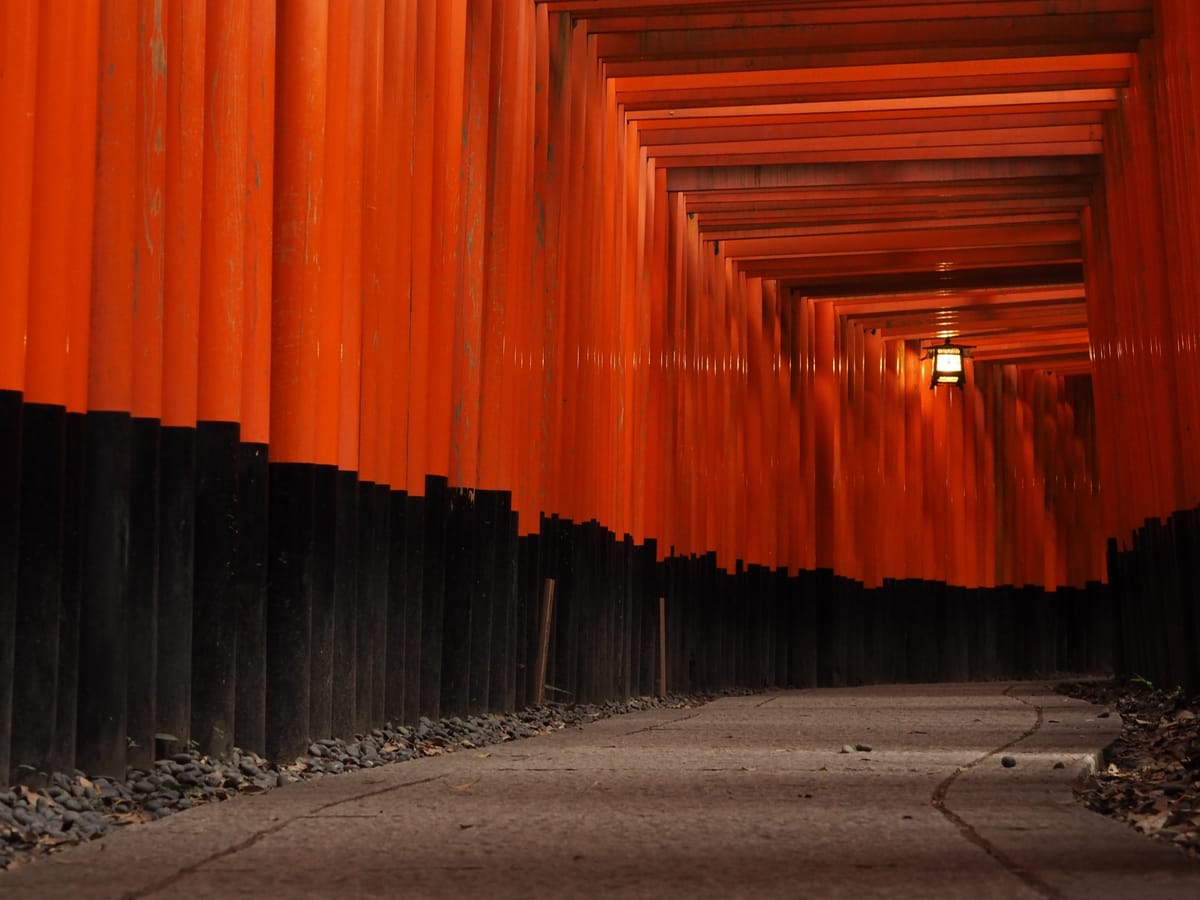
Kinkakuji
source:Shokoku-ji website
Kinkakuji, originally built as a villa by Ashikaga Yoshimitsu, one of Japan's famous shoguns, is a popular spot that attracts tourists from all over the world. In 1994, it was registered as a UNESCO World Heritage Site as one of the "Historic Monuments of Ancient Kyoto".
For the golden shining Kinkakuji, the classic "angle with the pond in front" is recommended. If you go on a sunny day, you can take a wonderful photo with Kinkakuji reflected on the surface of the pond.
While Kinkakuji is beautiful in any season, the recommended time is winter. Especially when snow accumulates, Kinkakuji presents a fantastical and photogenic scene. The atmosphere changes greatly depending on the season, which is a big attraction of Kinkakuji, making it worth visiting multiple times.
If you are interested in Kinkakuji, check the article below! I summarized in more details and how I felt there.
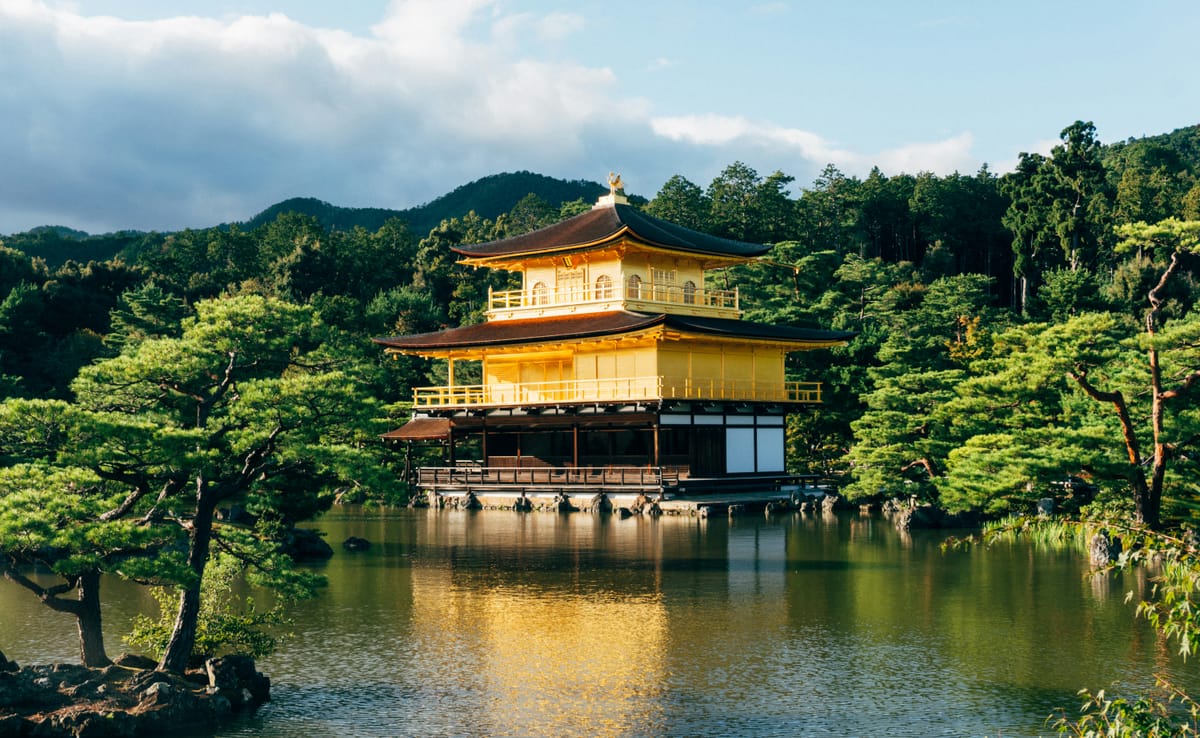
3 Points to Enjoy Kyoto's Photo Spots in 2024
For Taking Photos, Go Out in Kimono
When taking photos in Kyoto's townscape, going out in Kimono makes your photos more attractive. Especially if you're going to Yasaka Koshindo or Kimono Forest, choose a colorful kimono to match the scenery. There are kimono rental shops all over Kyoto, so it's recommended to make a reservation in advance at a shop near the tourist spots you plan to visit or near your hotel.
There are various kimono rental plans, such as those where you can rent kimono and accessories as a set, or those where you can also request hairstyling. Some plans even include a professional photographer taking photos at your desired tourist spot.
When I went on a Kyoto trip, I chose a rental plan that included hairstyling. You can freely choose from many kimono patterns, so it was fun from the stage of choosing the kimono.
Enjoy Kyoto's Charm Along the Way
Enjoy Kyoto's charm along the way to tourist spots. Especially the area
The area from Gion district to Kiyomizudera has a Kyoto-like atmospheric townscape, making everywhere along the way a potential photo spot. When visiting the 10 spots introduced here, it's recommended to take photos while moving between them.
When I went to Gion, I strolled around the city without any specific purpose, finding Kyoto-like places and taking photos. When going to Kyoto's tourist spots, it's recommended to secure time to explore the city. Many restaurants and cafes have exteriors that match the atmosphere of the city, offering plenty of photogenic dining options.
When entering a shop while walking around the city, choose one with a Kyoto-like atmosphere and take photos.
Pay Attention to Illumination and Event Schedules
It's also important to check the schedules for illuminations and events before going to Kyoto. For example, Kiyomizudera has nighttime illuminations three times a year - in spring, summer, and autumn. During these specific periods, the closing time is extended to 21:30 (reception until 9:00), allowing you to capture the beautiful Kiyomizu Dera at night in your photos.
Limited-time illuminations are held at various places in Kyoto such as Kodaiji Temple, Kifune Shrine, and Toji Temple, so it's recommended to decide your schedule after checking in advance.
Also, many popular photo spots in Kyoto often become festival venues, so going during events can result in Instagram-worthy photos. For example, the Gion Festival is held at Yasaka Shrine in July. During the Gion Festival period, there are days when food stalls, essential to Japanese festivals, are set up, so it's worth checking out.


